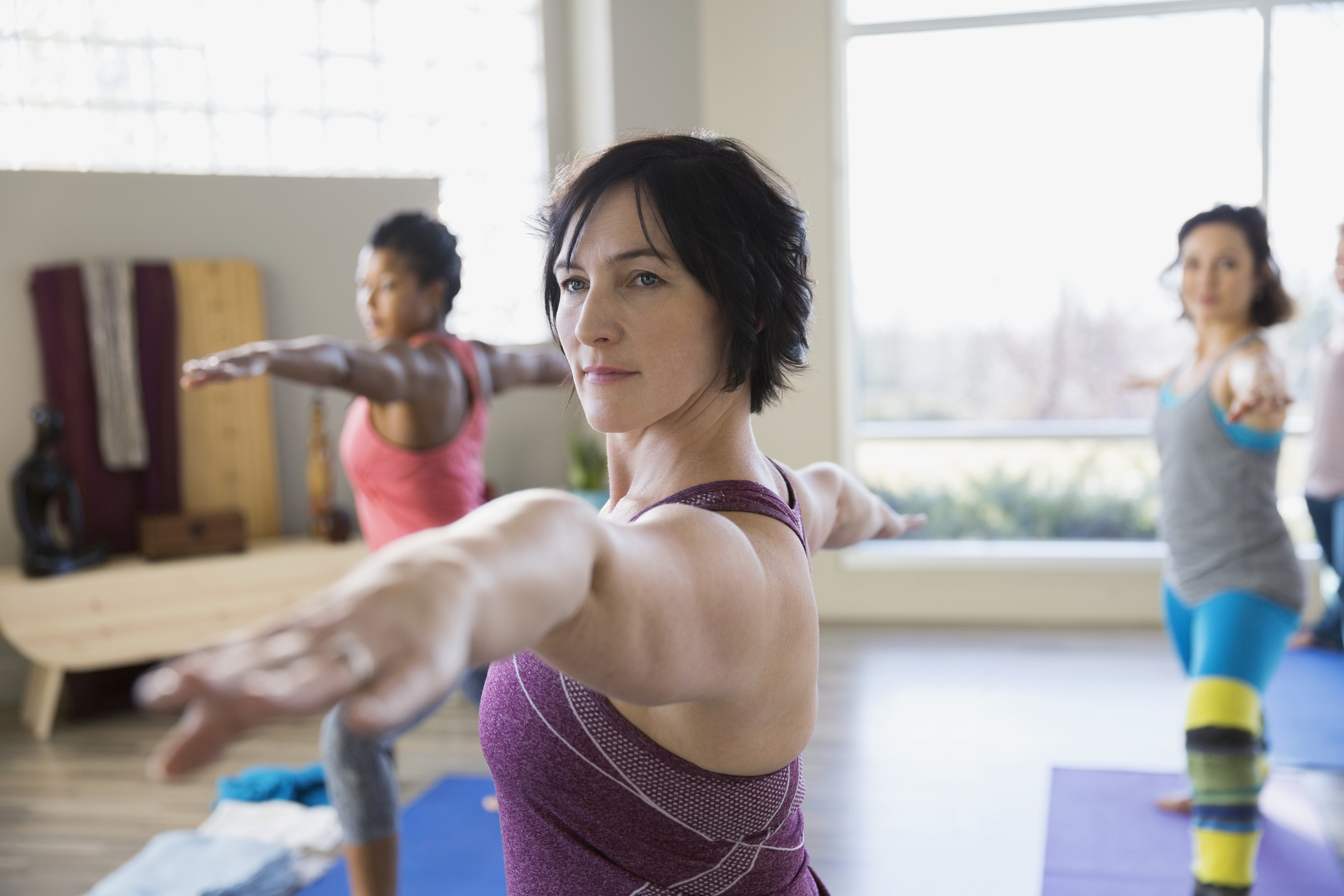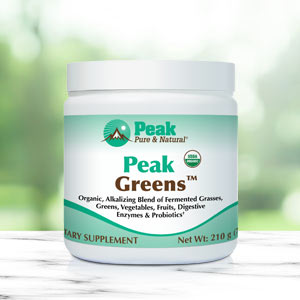Get Easy Health Digest™ in your inbox and don’t miss a thing when you subscribe today. Plus, get the free bonus report, Mother Nature’s Tips, Tricks and Remedies for Cholesterol, Blood Pressure & Blood Sugar as my way of saying welcome to the community!
Ageless backs: Maintaining a strong and supple spine after 50

Who says you can’t have good times after 50? With a healthy body and a strong spine, we can go beyond what our age suggests.
A strong spine offers numerous benefits, positively impacting our overall health, well-being and quality of life. A strong spine improves flexibility and a greater range of motion in daily activities, making it easier to perform tasks and engage in physical activities. A healthy spine can provide better support and stability for your entire body, reducing the risk of injuries during movements.
We can even avoid having serious diseases with a healthy spine. It helps maintain proper alignment, reducing the risk of nerve compression or impingement that can cause pain and other neurological symptoms.
Furthermore, a healthy spine reduces back pain and improves physical function, leading to better mood and overall mental well-being. That’s a big step to bringing back vitality, youthfulness and creating a fulfilling lifestyle.
Effective Exercises for a Healthy Spine
A strong spine is our ultimate goal in this spine health journey. With a strong spine, we can eliminate the underlying causes of back pain, stiffness, and spine immobility. That means physical activities won’t have to lead to pain.
Here are age-friendly exercises to effectively strengthen your spine:
Plank
The plank is an excellent exercise for strengthening the core and supporting spine muscles.
How to plank:
- Start in a push-up position with your forearms on the ground.
- Lift and hold your body in a straight line from head to heels.
- Engage your core, keep your body aligned, and avoid letting your hips sink or lift too high.
- Hold the position for as long as you can.
Side plank
Side plank is another excellent exercise for strengthening the spine and core muscles. It targets the obliques and the muscles on the sides of the waist and lower back, contributing to better spine stability and overall body balance.
How to perform side planks:
- Start by lying on your side with your legs extended and stacked on top of each other.
- Position your elbow (or hand) directly below your shoulder to create a stable base of support.
- Engage your core muscles by drawing your navel in towards your spine.
- Lift your hips off the ground, creating a straight line from your head to your heels.
- Keep your body in alignment and avoid letting your hips sink or lift too high.
- Hold the side plank position for as long as possible, maintaining proper form and breathing steadily.
Bird-dog
The bird-dog exercise is an effective core-strengthening exercise that targets back muscles, including those that support and stabilize the spine.
How to perform Bird-dog:
- Bring hands and knees with the shoulders directly over the hands and the hips directly over the knees.
- Engage your and stretch the right arm straight out in front of the body.
- Hold the position while staying balanced. Slowly lift the left leg, extend it straight out behind the body, and hold the position for 15 seconds.
- Slowly return to the starting position and repeat on the opposite side.
Superman
This exercise primarily targets the muscles of the lower back, glutes, and hamstrings. This exercise effectively strengthens the muscles supporting the spine in the lumbar region.
How to perform Superman:
- Lie face down on a comfortable mat or the floor and extend your arms forward, keeping them in line with your shoulders.
- Position your legs straight out behind you, keeping them aligned with your hips, and slightly lifted off the ground.
- Engage your core. Inhale and simultaneously lift your arms, chest, and legs off the ground.
- Lift as high as you comfortably can, keeping your head aligned with your spine to avoid straining your neck.
- Hold the lifted position for a few seconds, squeezing your glutes and lower back muscles to maintain stability.
- Exhale as you lower your arms, chest, and legs back down to the starting position.
- Relax your muscles briefly before repeating the movement for the desired number of repetitions.
Standing back extensions
This is a great exercise for strengthening the muscles in your lower back and improving spine mobility.
How to perform Standing back extensions:
- Stand tall with your feet hip-width apart and your hands resting on your hips or the small of your back.
- Gently engage your core muscles to stabilize your spine.
- Inhale and slowly arch your back backward, pushing your hips slightly forward as you lean back.
- Keep your neck in a neutral position and avoid straining it by looking up or down excessively.
- Hold the extended position for a few seconds, feeling a gentle stretch in your lower back.
- Exhale as you return to the starting position, standing upright with a neutral spine.
- Repeat the movement for the desired number of repetitions.
The cat-cow stretch
This involves alternating between arching and rounding the spine, which helps improve flexibility and mobility in the entire vertebral column. This can be particularly helpful for individuals with stiff or tight backs.
How to perform cat-cow stretch:
- Start on your hands and knees in a tabletop position, with your wrists aligned under your shoulders and your knees under your hips.
- Inhale as you arch your back, lifting your head and tailbone upward (cow position), and allow your belly to drop towards the floor.
- Exhale as you round your back, tucking your chin to your chest (cat position), and draw your belly button towards your spine.
- Flow smoothly between these two positions, coordinating your breath with the movement. Inhale for the cow position and exhale for the cat position.
- Continue the fluid movement for several repetitions, paying attention to how your spine feels during the stretch.
Nutrition tips for a healthy spine
To further support spine health, maintain a combination of exercise and a balanced diet. Nutrition plays an important role in exercises for spine health because it directly impacts the overall health and function of the spine.
The right nutrients are essential for maintaining strong bones, supporting muscle function, reducing inflammation, and promoting tissue repair. Here are helpful nutrition tips for a better spine:
Get rich in calcium, vitamin D, and vitamin C
Calcium is crucial for bone health, and vitamin D helps with calcium absorption. Include calcium-rich foods such as dairy products, leafy greens, and fortified plant-based milk. If necessary, get sufficient vitamin D from sunlight exposure or dietary sources like fatty fish, fortified dairy alternatives, and supplements. Gain vitamin C in citrus fruits, strawberries, bell peppers, and broccoli. Vitamin C supports collagen formation, which is essential for maintaining the integrity of spinal discs and other connective tissues.
Choose healthy fats
Incorporate sources of healthy fats, such as avocados, olive oil, and nuts, to support the body’s anti-inflammatory response and provide energy for physical activity. As well as omega-3-rich foods like fatty fish (salmon, mackerel, sardines), flaxseeds, chia seeds, and walnuts, omega-3 fatty acids have anti-inflammatory properties that can help reduce inflammation around the spine and improve joint health.
Consume antioxidant-rich foods
Incorporate colorful fruits and vegetables like berries, oranges, spinach, and bell peppers, which are rich in antioxidants. These nutrients help reduce oxidative stress and inflammation, benefiting spinal health.
Increase protein
Consume adequate protein from sources like lean meats, poultry, fish, eggs, legumes, and tofu. Protein is essential for muscle repair and maintenance, supporting the muscles around the spine.
Stay hydrated
Stay well-hydrated by drinking plenty of water throughout the day, including options like diet water. Proper hydration supports the shock-absorbing properties of spinal discs.
Limit processed foods
Reduce the consumption of processed and sugary foods, as they can contribute to inflammation and weight gain, which may strain the spine.
Consume moderate alcohol and caffeine
Limit alcohol intake and moderate caffeine consumption, as excessive consumption can negatively impact bone health and may contribute to inflammation.
Maintain a Healthy Weight
Excess weight puts additional stress on the spine, so maintaining a healthy weight through a balanced diet and regular physical activity benefits spine health.
Take away
Aging is certainly the most inevitable process in human nature. As we age, the spine undergoes natural changes, making spine care even more critical for older individuals. A healthy spine is paramount to our overall well-being and quality of life.
A strong and flexible spine enables us to maintain mobility, perform our favorite physical activities independently, and create more happy and exciting memories with our loved ones and friends. The sense of fulfillment we experience from spending time doing what makes us happy independently is one of our greatest desires before our journey ends. Thus, still being able to do something for our health is a blessing that should be put into manifestation.
Editor’s note: Did you know that when you take your body from acid to alkaline you can boost your energy, lose weight, soothe digestion, avoid illness and achieve wellness? Click here to discover The Alkaline Secret to Ultimate Vitality and revive your life today!














